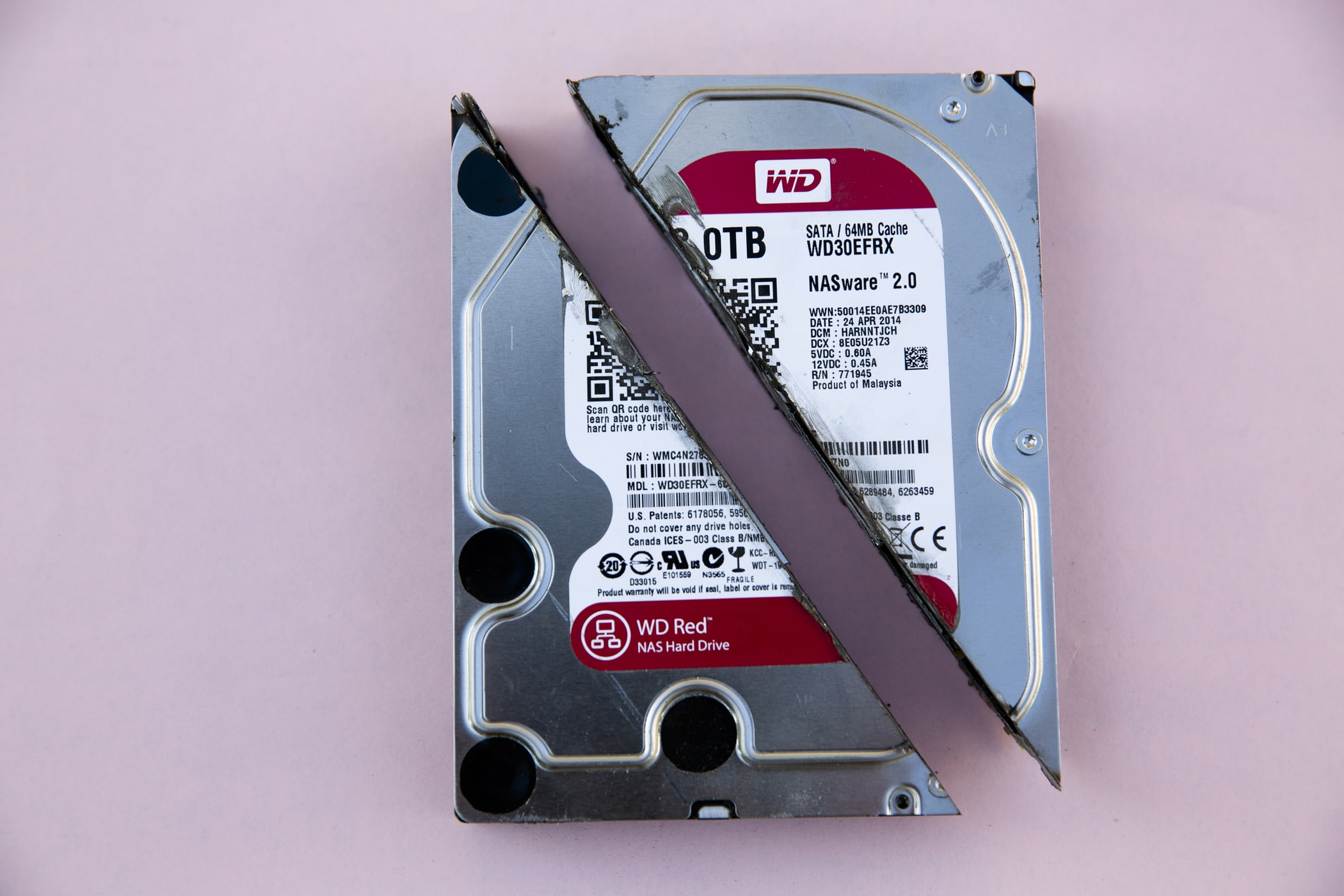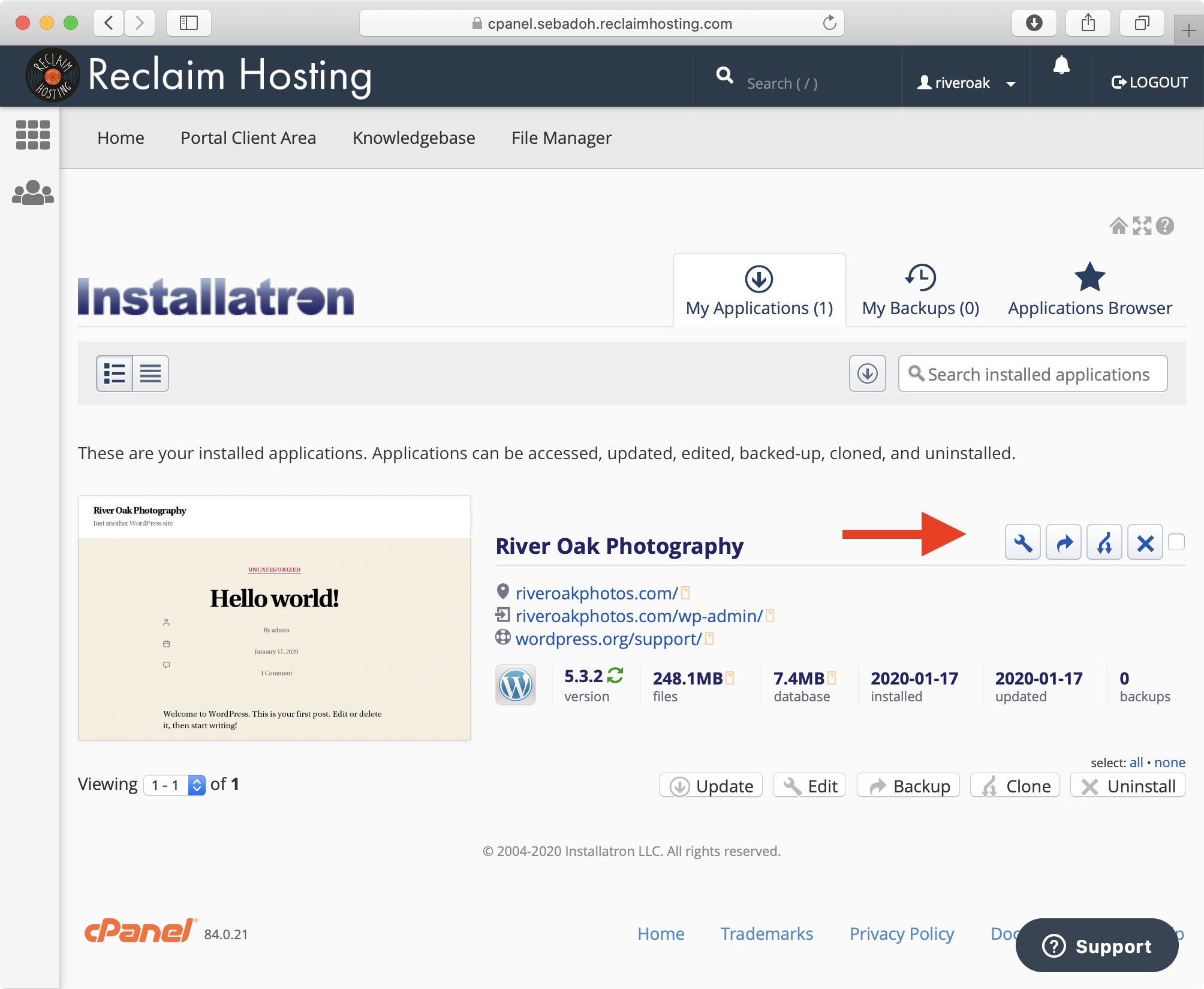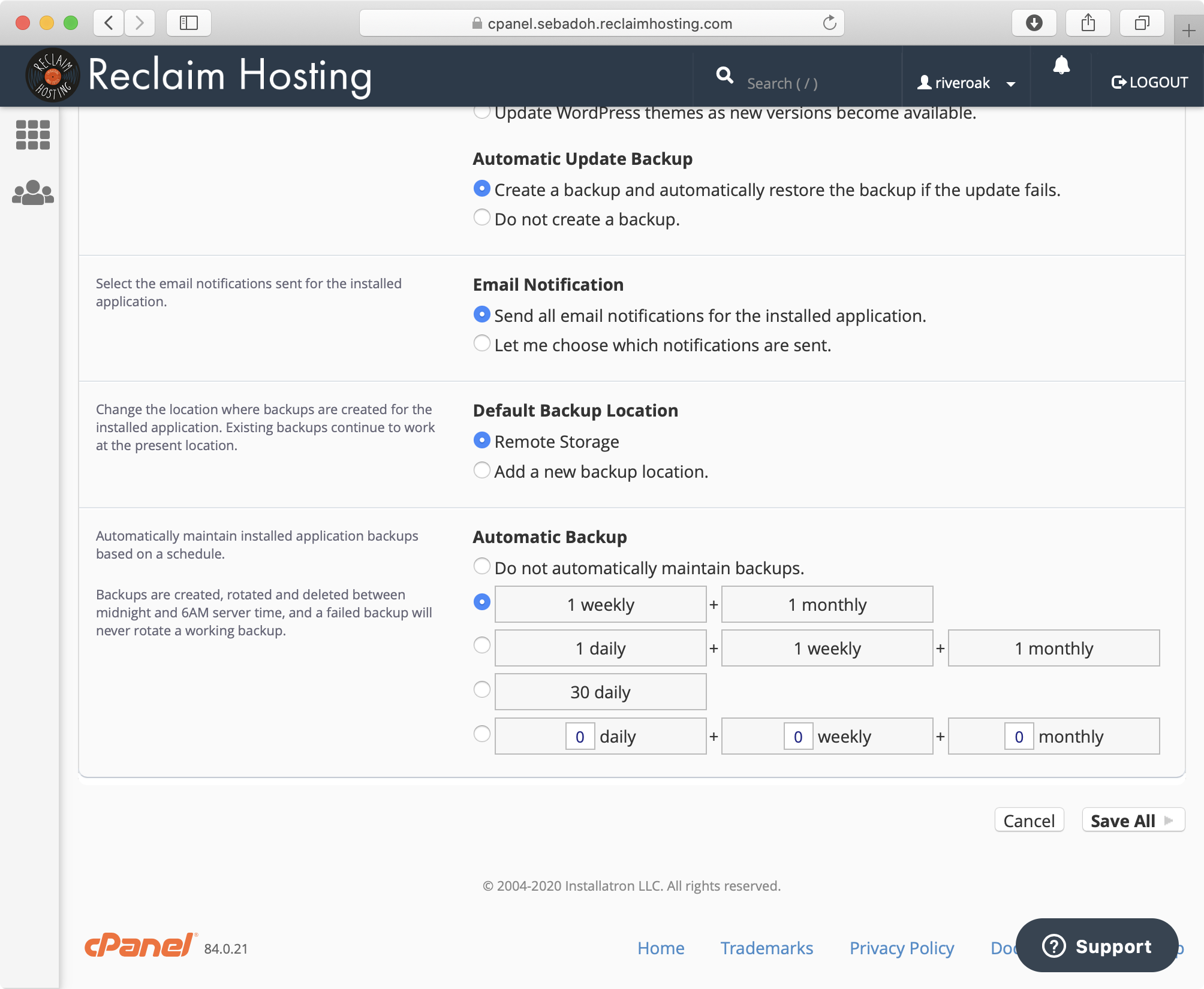
Because a) we’ll be doing all of our WordPress work on our server, not locally in this class and b) WordPress isn’t just a set of files, but a set of files plus a database, it’s important to back up WordPress.
Server-side back-ups
Because Reclaim Hosting is a nice company to work with, our WordPress starter steps should automatically configured server-side back-ups. However, it’s always a good idea to verify that your backups are working as intended. To do so, log in to your account at Reclaim Hosting, visit your cPanel, and click on WordPress. On that screen, click on the wrench icon:

On the next screen, scroll down and verify that back-ups are enabled on a reasonable schedule, such as 1 weekly + 1 monthly:

Local back-ups
Completing the above steps to verify that your remote, server-side backups are working is a great first step. But, it’s not sufficient. If something goes wrong with your server, you’ll have no way to restore your WordPress site.
(The thing that most frequently goes wrong with student servers, by the way? Forgetting to renew your hosting after your initial year passes. Reclaim Hosting is a great company, but they’re not a charity, and all the data on your server will be deleted if you don’t pay annually for hosting.)
Thankfully, simple tools exist for creating remote back-ups of a WordPress site. A great one is All-in-One WP Migration. Though billed as a migration tool (for moving a WordPress install from one place to another), it’s also a great back-up tool.
Install and activate it as you would any other plugin. Then, once it’s active, click on it in the menu bar and select Export To > File:

Wait a bit, then click the obnoxiously bouncing Download button when the file’s ready and store the .wpress file somewhere safe.1
You’ll want to repeat this process periodically, especially after you’ve made major changes or addition to your site.
Restoring
Should you find yourself in the position of needing to restore from a All-in-One WP Migration backup, get your new WordPress install up and running, install the plugin as above, and this time choose Import, and upload the .wpress file you exported earlier.
If you run into error messages about file size, download and activate the Basic plugin here, and you should be good to go.
Hey, an Easter egg! Good job! Send me a DM in Slack with a picture of the vegetable that you hate the most!
You are backing up your local machine, too, right? ?↩